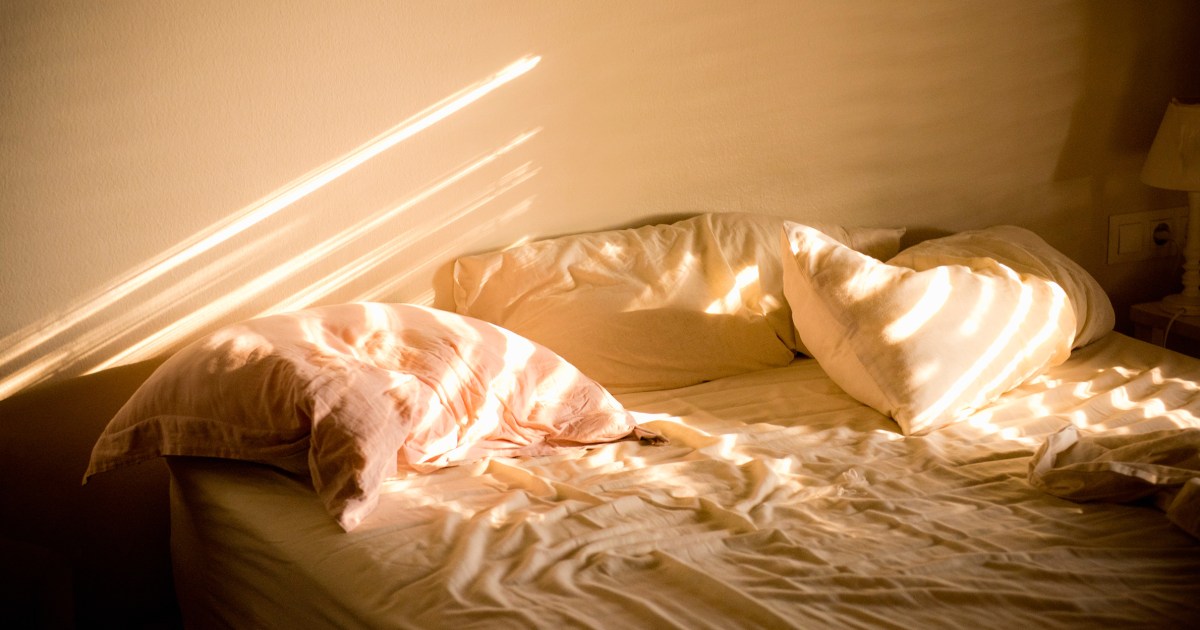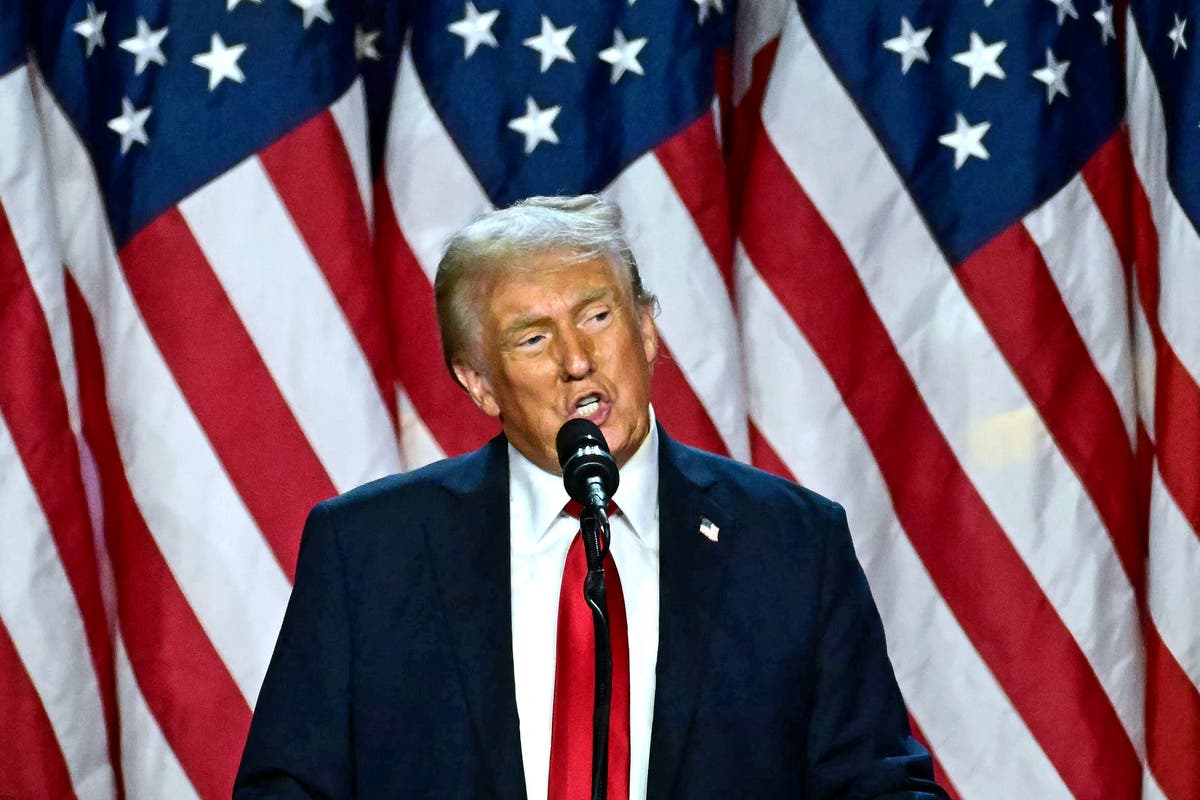World
The northern lights could be visible in these regions of the U.S. this week. Here’s where

People pay thousands of dollars to visit regions of the world in order to see the Northern Lights each year. But what if you could see them from your own backyard?
This week, geomagnetic storms are making it possible for residents across the U.S. to see the spectacular colored phenomenon with their own eyes.
What are the northern lights and what causes it?
The northern lights, or aurora borealis, “are caused by the interaction between the Earth’s magnetic field and particles from the sun’s atmosphere that enter the earth’s atmosphere” — the colorful lights are caused by those particles colliding and releasing photons or light particles into earth’s atmosphere, according to Michigan Tech.
Where will the northern lights be visible in the US this week?
States in the northern region of the U.S. have the potential to view the auroras multiple days this week, including Maine and Michigan.
On Saturday, the auroras could be viewable from the following states, per the National Oceanic and Atmospheric Administration:
- Maine
- Vermont
- New Hampshire
- Rhode Island
- Connecticut
- Massachusetts
- Maryland
- Pennsylvania
- New York
- West Virginia
- Ohio
- Indiana
- Illinois
- Iowa
- Michigan
- Wisconsin
- Minnesota
- North Dakota
- South Dakota
- Nebraska
- Wyoming
- Montana
- Colorado
- Utah
- Idaho
- Washington
- Oregon
- California
What are geomagnetic storms and why do they make the northern lights visible in unique spots?
The storms responsible for the aurora to be visible over more of the globe are geomagnetic storms.
The storms “were triggered by solar particles expelled by the sun during a series of explosive coronal mass ejections that accompanied no less than five solar flares since Aug. 10,” according to Space.com.
If you’re not in the places the northern lights will be visible now, it likely won’t be your last chance to see it because the spectacle will be more common in coming years, according to scientists.
“The next three or four years, we should see some fine displays of aurora,” Bob Leamon, a solar physicist at the University of Maryland Baltimore County and NASA, told The Washington Post. “It’s like a whole generation of people discovering something for the first time.”










